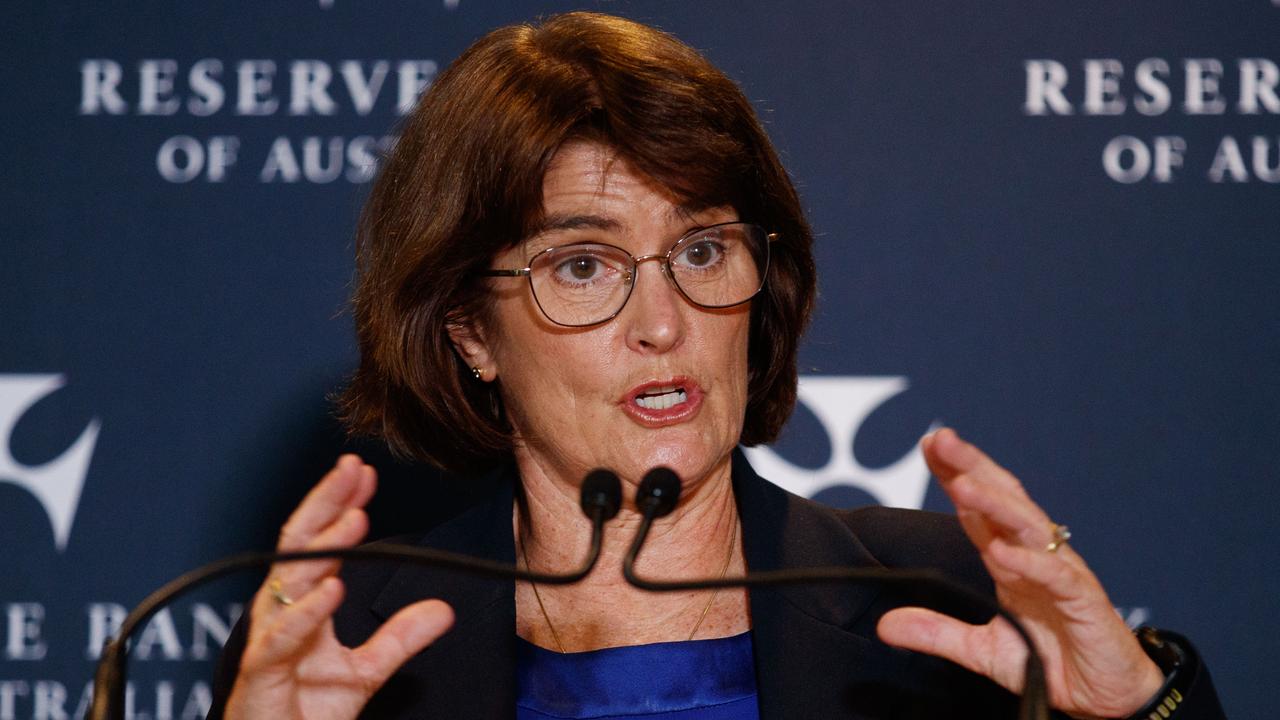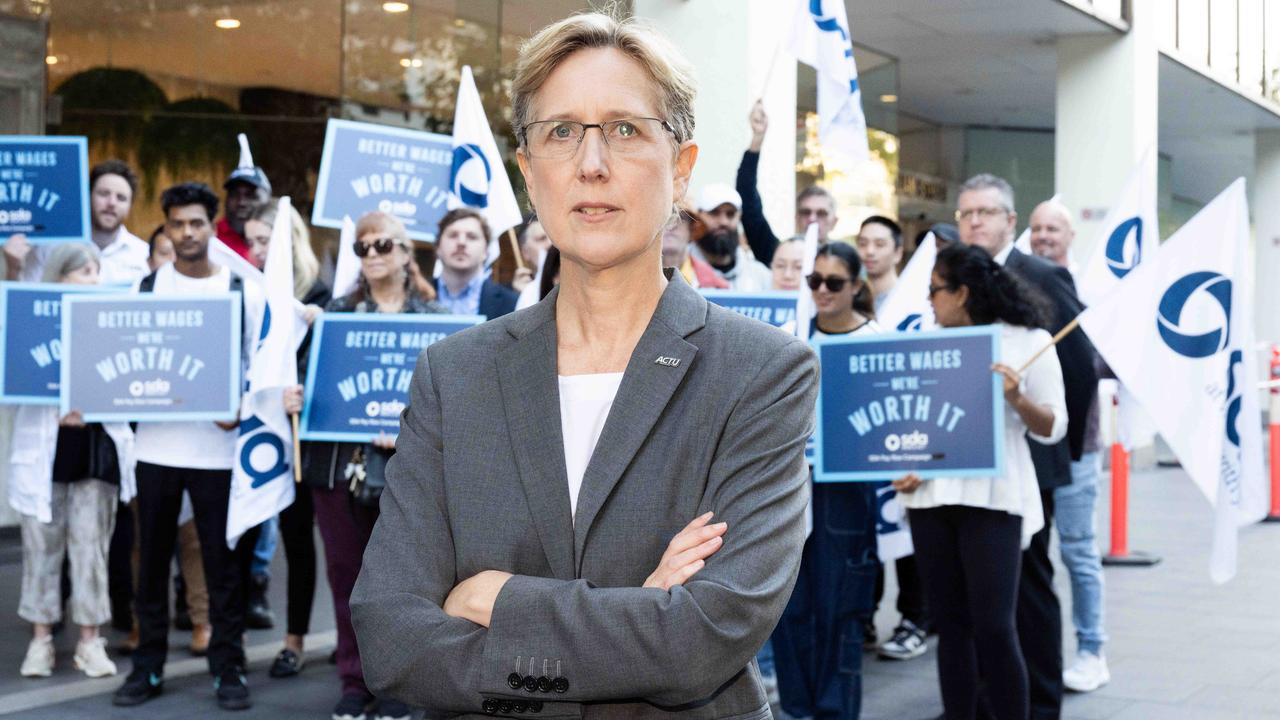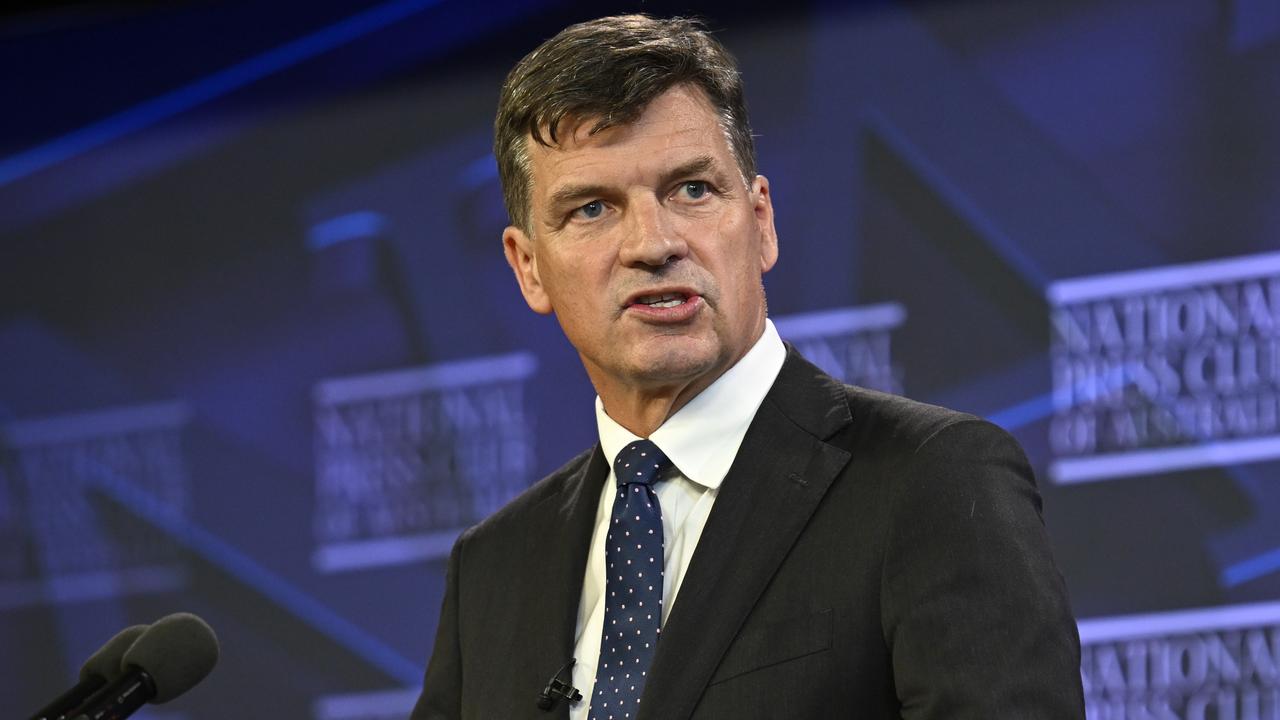Treasurer unveils income tax cuts in Budget
THE government has announced ten million Australians will pocket $530 in sweeping income tax cuts. But when will you get it?
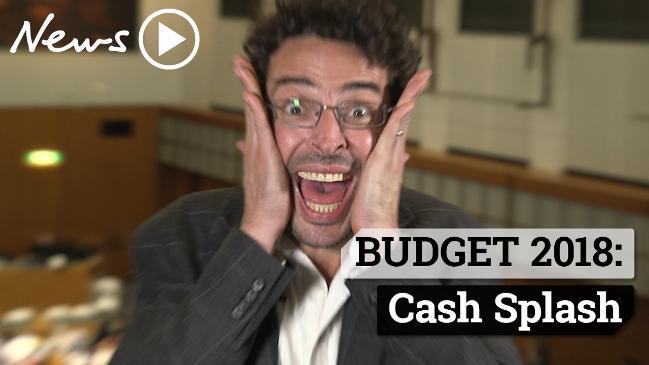
WHILE there’s money for roads, rail, schools and seniors in tonight’s Budget, let’s face it — we’re most interested in what we’ll get back in our pockets via tax cuts.
And the government has delivered, announcing modest income tax relief for low- and middle-income earners.
Did you make the Treasurer’s gift list?
Leigh Sales’ cheeky ScoMo question
First buyers screwed in Budget
Outrage grows over Budget’s $10 tax cut
What ScoMo’s really up to with Budget
While the benefits to these Australians start immediately, Treasurer Scott Morrison has snuck in massive tax cuts for high-income earners, but they will have to wait seven years before they kick in. And seven years is a long time in politics.
Here’s what tax cuts you’ll get, based on your income.
IF YOU EARN UP TO $37,000
Those earning up to $37,000 a year will have their tax bill reduced by a maximum of $200, which amounts to $3.85 a week.
However, the tax cut will not be seen in your weekly pay packet. It will be delivered in a lump sum via a tax offset in your annual tax return from July 1.
IF YOU EARN $37,000-$48,000
Australians who earn more than $37,000 a year can expect a maximum of $530 per year back in their pockets via the same annual tax offset.
If you look at it as a lump sum, it’s enough to buy a washing machine, cover your car rego or pay your family’s quarterly power bill. If you look at it as a weekly pay bump, it amounts to $10.20, about the cost of a fancy burger or a bottle of water at Sydney Airport.
The government plans to extend the tax breaks in 2022-23 by lifting the 19c tax threshold from $37,000 to $41,000, which will prevent half a million Australians from paying the higher 32.5c rate.
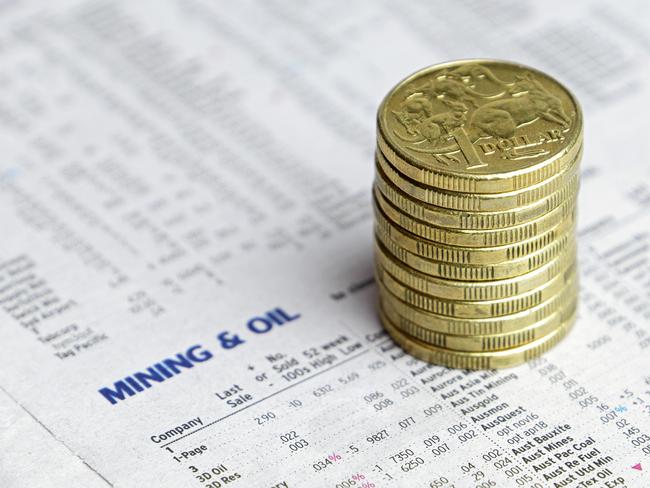
IF YOU EARN $48,000-$90,000
About 4.4 million Australian taxpayers are in this income bracket, and they too can receive a maximum of $530 in tax relief.
The government has also announced plans to change the income tax thresholds to ward off bracket creep, which occurs when pay rises and overtime bonuses are eaten up by higher taxes.
The 32.5 per cent tax bracket will be extended from $87,000 to $90,000 from July 1, which means 210,000 Aussies earning more than $87,000 will no longer pay the 37c rate.
IF YOU EARN $87,000-$200,000
The tax offset will also apply to those earning more than $90,000 a year, but will taper off to zero as incomes reach $125,000.
But there are also plans to give major tax relief to those earning bigger bucks further down the track.
In 2022-23, the government will lift the marginal tax rate of 32.5 cents in the dollar from $90,000 to $120,000.
Then in 2024-25, it will abolish the second highest tax rate of 37c, shrinking the number of income tax brackets from five to four, by lifting the 32.5c marginal tax rate threshold from $87,000 to $200,000.
This means 1.8 million taxpayers would avoid paying the higher 37 per cent rate and 94 per cent of Australians would pay no higher 32.5c.
“Under the Turnbull Government’s personal tax plan, most working Australians earning above $41,000 are likely to never face a higher marginal tax rate through their entire working life,” Mr Morrison said in his Budget speech.
This is a significant adjustment to Australia’s progressive tax system, which is designed to ensure that those who earn more pay more tax.
Under the 2024-25 system, Aussies on incomes between $41,000 and $200,000 will effectively pay the same tax rate of 32.5 per cent. (The 45c tax rate for incomes over $200,000 will remain.)
The government insists the top 20 per cent of taxpayers will continue to carry the largest tax burden — about 61 per cent of all income tax.
This promise should be taken with a grain of salt, however, because it’s incumbent on the government staying in power for another seven years, or at least another two elections.
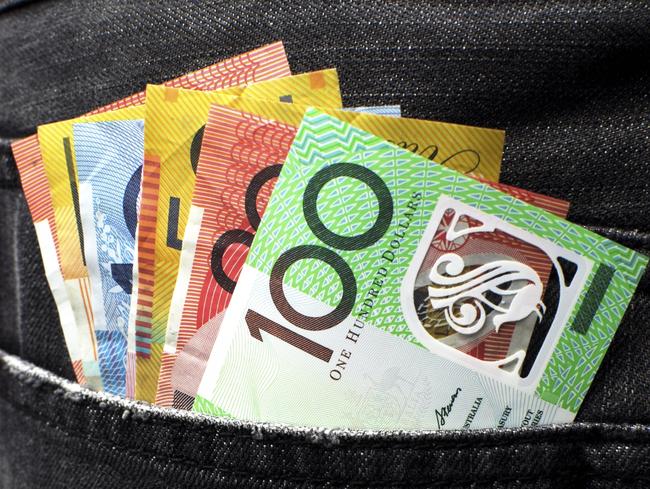
CAN WE AFFORD IT?
The immediate tax cuts for low- and middle-income earners will cost the government $13.4 billion in lost revenue over the next four years.
What the Budget papers don’t make clear is how much it will cost to extend the cuts to higher income earners in 2024-25.
However, Finance Minister Mathias Cormann revealed to news.com.au that the government projects the income tax reforms will cost a whopping $140 billion in lost revenue over 10 years.
Despite the hefty price tag, the Treasurer says the tax plan is “affordable and funded”.
“The overwhelming majority of this cost commences in 2019-20, the same year the Budget is forecast to return to balance,” Mr Morrison said.
In an earlier press conference, the Treasurer said the government could afford the measures because more Australians were in work and paying tax.
“More tax is being recovered and we’re saying too much is coming in out of people’s pockets and they should get to keep it,” he said.
WHAT’S THE BIG IDEA?
The Budget papers say the tax cuts will encourage Australians to take on additional work, seek promotions and improve their skills — without worrying about the pesky taxman taking more from their pockets.
The measures are also designed to increase disposable incomes to relieve household budget pressures.
The changes will also make the tax system simpler and account for inflation and wage rises, the Budget papers say.
The Treasurer said the $530 tax cut would make a big difference to average families.
“For middle-income households with both parents working on average wages, this will boost their kitchen table budget by more than $1000 every year,” Mr Morrison said in his Budget speech.

